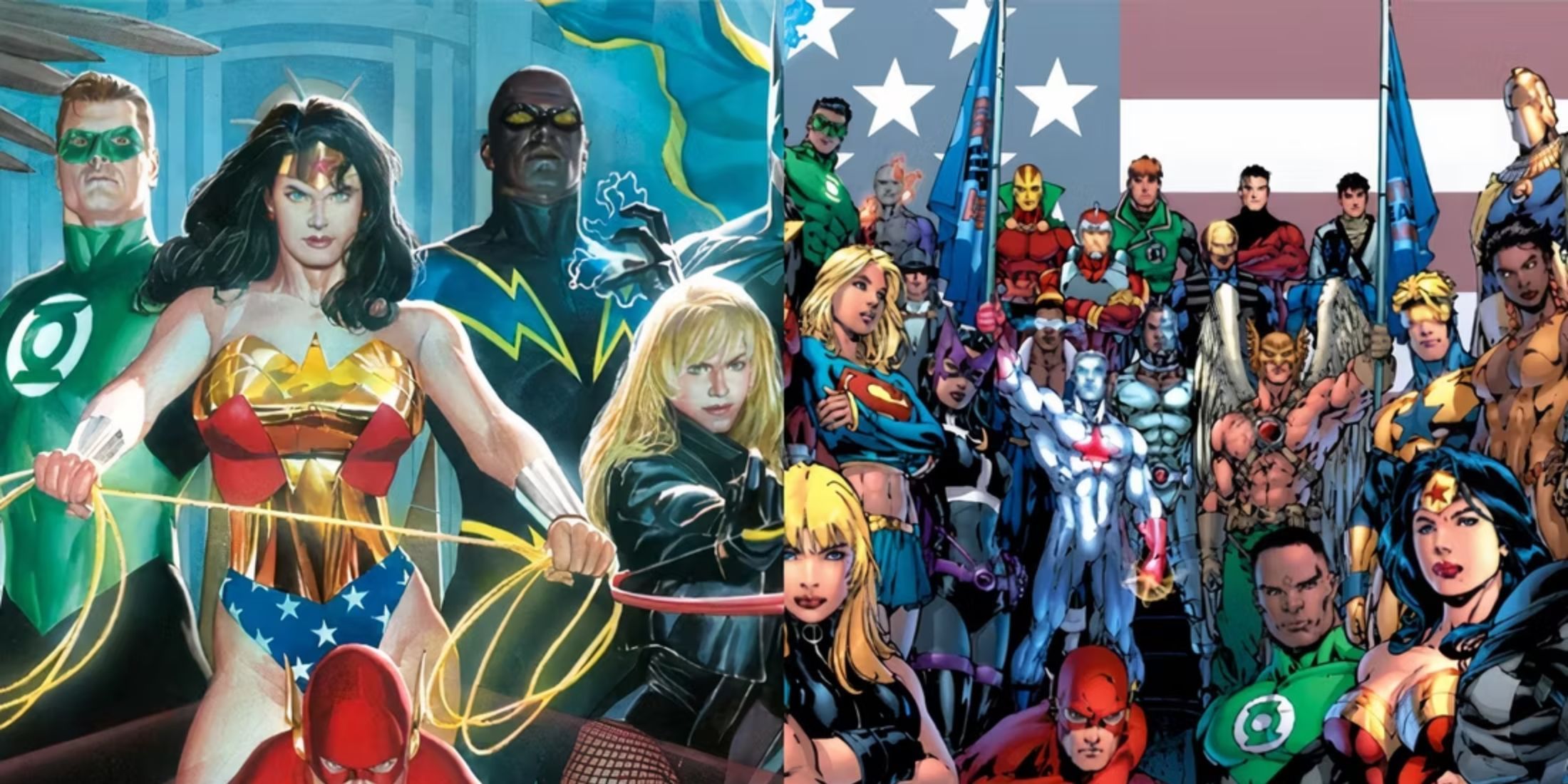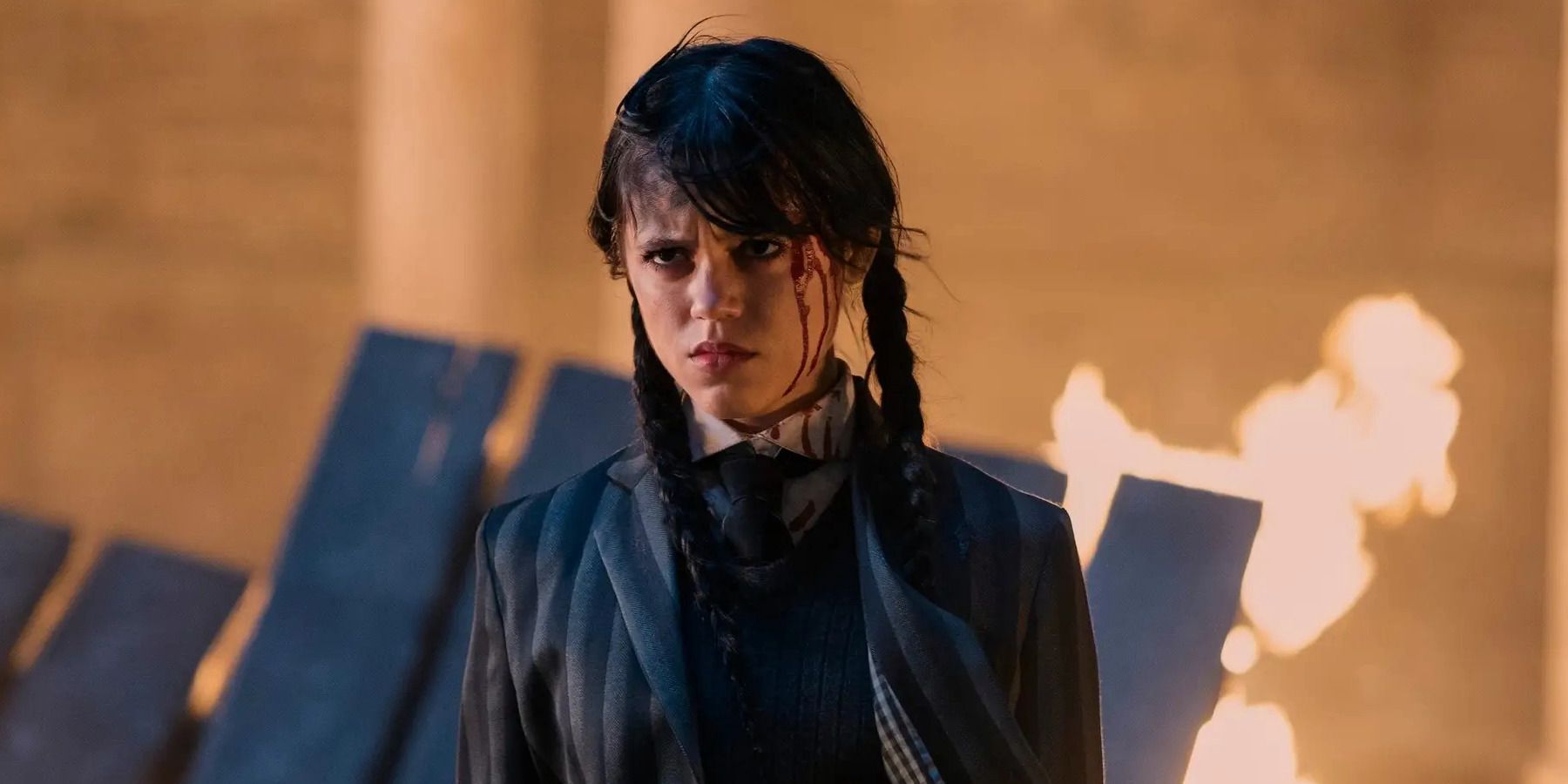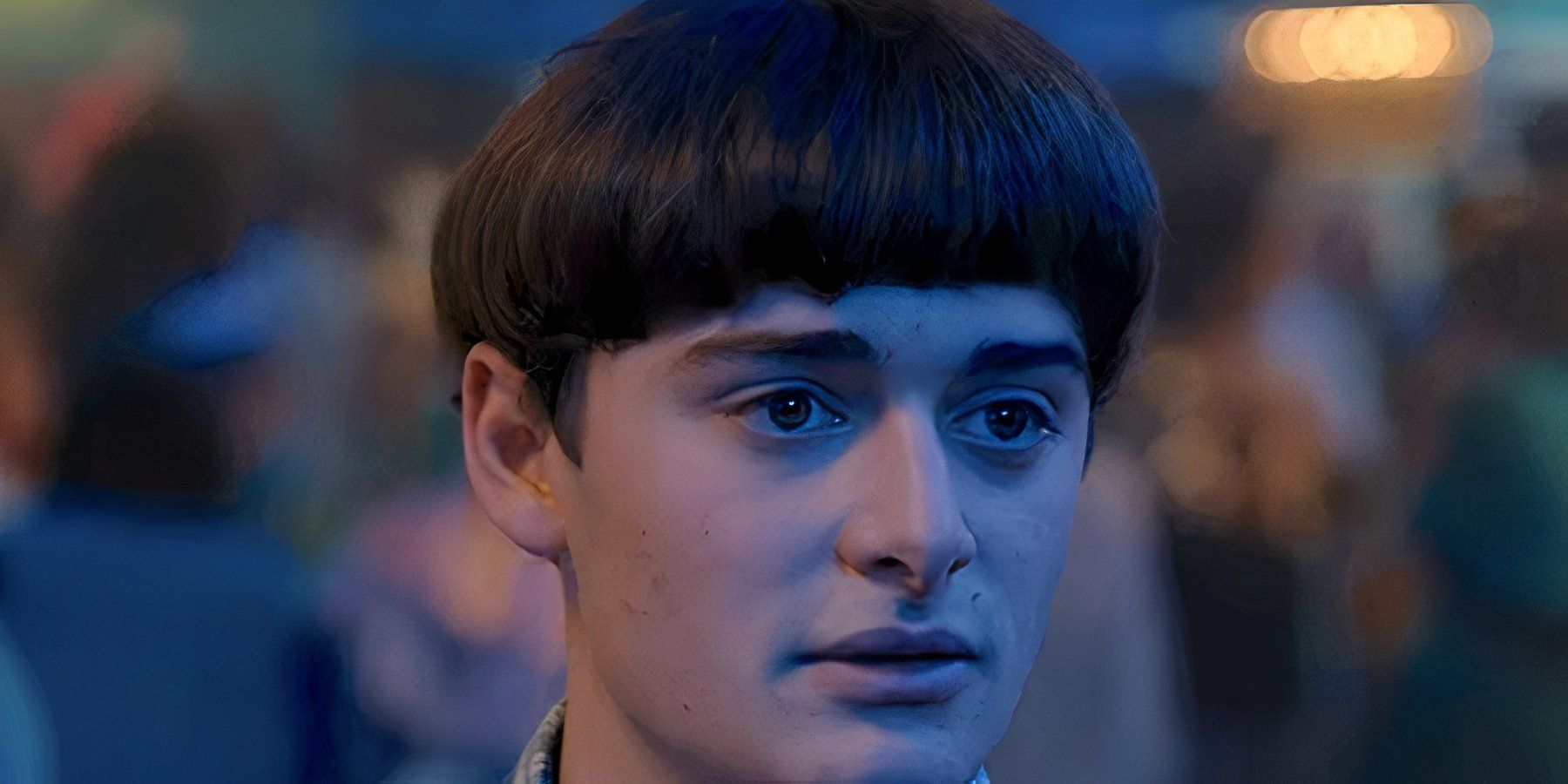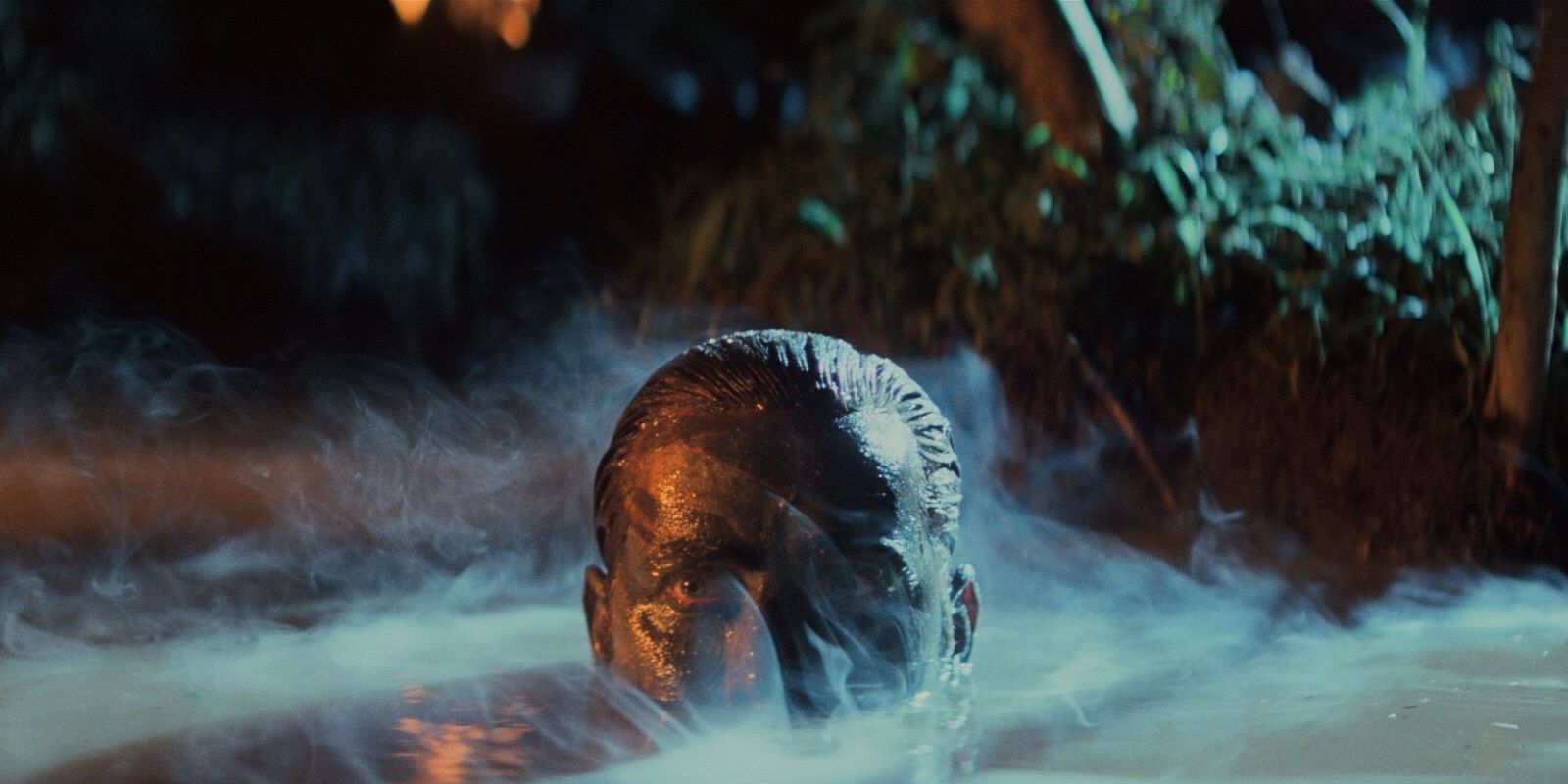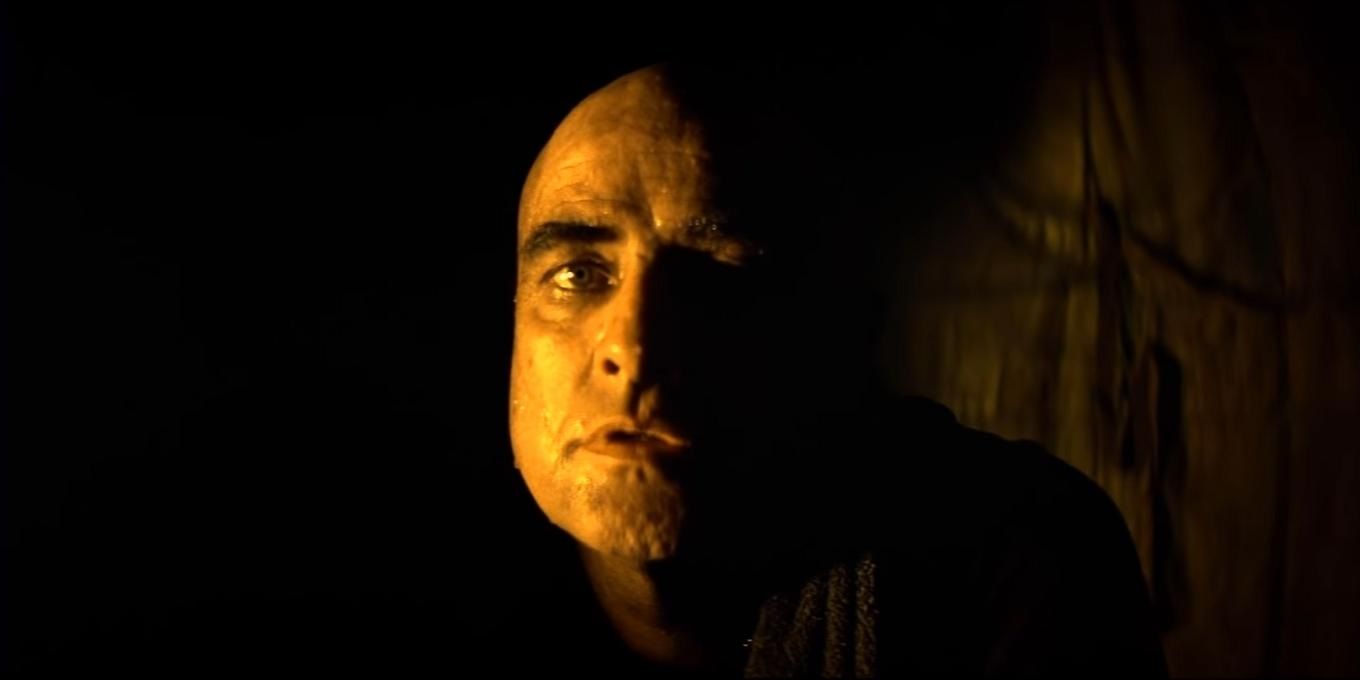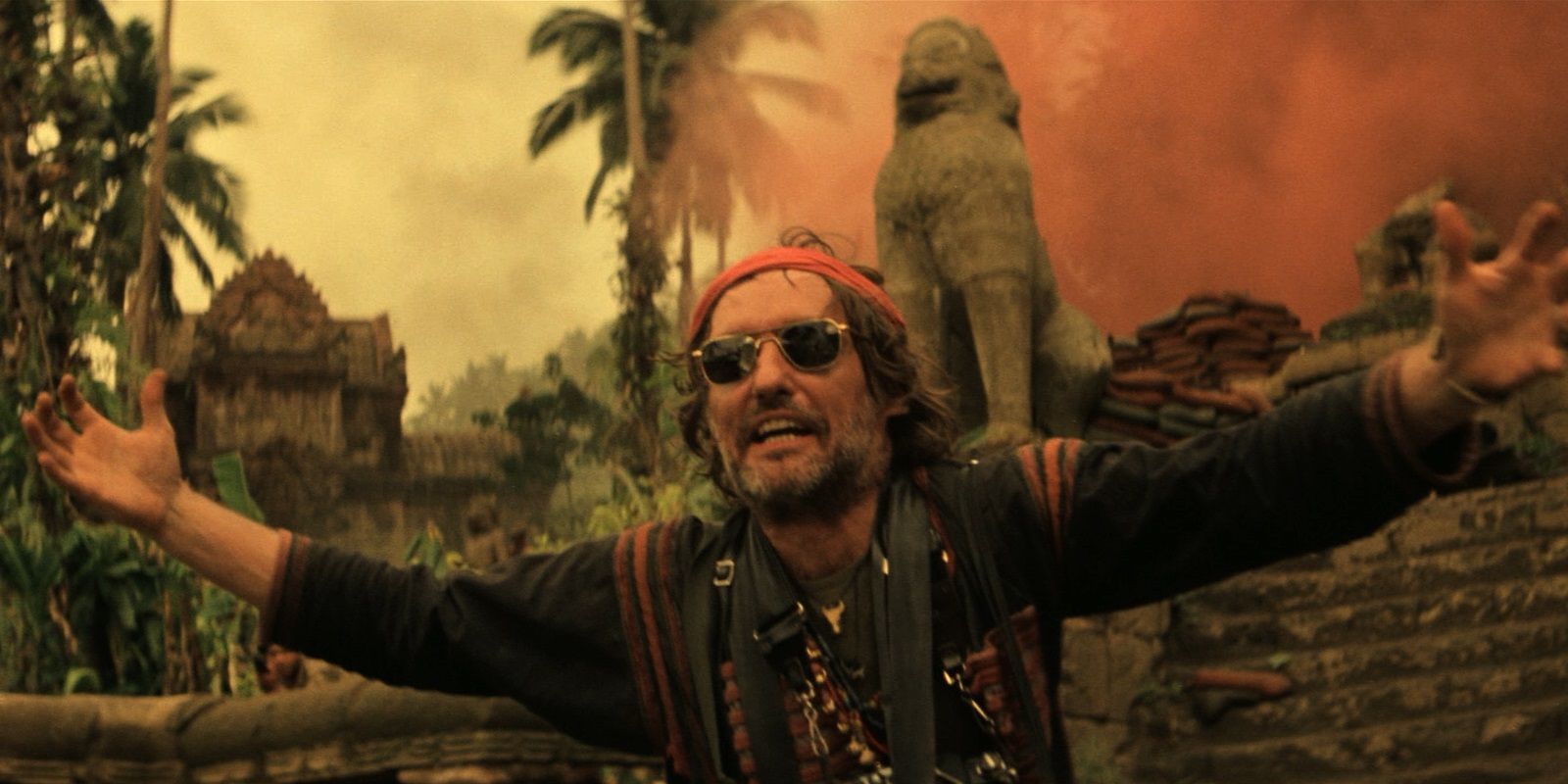There are many common picks for the greatest war movie ever made. Steven Spielberg’s Saving Private Ryan opens with an intense, PTSD-triggering recreation of the D-Day Landings and maintains that pace and momentum for nearly three hours. Michael Cimino’s The Deer Hunter exposes the harrowing effects of war by limiting the actual warfare to around a half-hour of screen time and dedicating the rest of the movie to exploring the psychological impact of those experiences. Stanley Kubrick’s Paths of Glory has been dubbed the ultimate anti-war film, starring an impassioned Kirk Douglas as a colonel who has to defend his decision to save his men from going on a suicide mission as ordered.
Plenty of war films have been called the greatest ever made. But the title that comes up more than any other is Francis Ford Coppola’s Apocalypse Now. There are many things that make Apocalypse Now a masterpiece. The term “every frame a painting” is overused, but the cinematography of Apocalypse Now is so mesmerizing and carefully crafted that it adheres to the old adage. Martin Sheen and Marlon Brando anchor the movie with a pair of captivating performances that are just as raw and intense as one another but in different ways. But above all, the thing that makes it the ultimate war movie is that its surreal visual style transcends the trappings of a standard war film and deviates into full-blown horror. Apocalypse Now is so bleak and unrelenting in its gonzo, psychedelic depiction of the horrors of warfare that it’s as shocking and disturbing as any horror movie.
The novella that John Milius used as the basis for his Apocalypse Now script – Joseph Conrad’s Heart of Darkness – follows a sailor’s journey upriver. Along the way, he discovers the monster within himself along the way. Like Captain Willard’s mission to assassinate Colonel Kurtz, this sailor’s journey is symbolic of a descent into Hell. Minus the usual supernatural forces, Heart of Darkness is a classic horror story. Recontextualized in a Vietnam setting and realized on the big screen, it’s an even more startling tale of humanity’s inhumanity.
The Horror... The Horror...
Coppola dreamt up some of the most unsettling images ever put on film during the hellish years-long production of Apocalypse Now. A wounded Viet Cong soldier begs for water as he desperately tries to contain his entrails with a pot lid. There’s a jump scare when Chef stumbles across a hungry tiger in the jungle. Later, at Kurtz’s compound, Willard is presented with Chef’s recently severed, still jittering head. Willard’s climactic murder of Kurtz is cross-cut with the ritualistic slaughter of a water buffalo (which was filmed for real in a village where that was happening regularly).
“Ride of the Valkyries,” the most recognizable piece by Richard Wagner – Adolf Hitler’s favorite composer – ironically blares out of the helicopters’ speakers over the fascistic image of American troops raining bombs and hellfire down on innocent Vietnamese civilians with pure delight in their eyes. Brando’s creepy, unnerving performance manages to live up to the hype after the first two acts of the movie build an air of mystique around Kurtz. Kurtz is always concealed in the shadows like Nosferatu. His iconic final words, delivered perfectly by Brando, telegraph the other genre that this movie belongs to: “The horror... the horror...”
Perhaps the scariest thing about Apocalypse Now is that veterans who fought in Vietnam have called it one of the most accurate cinematic portrayals of the war. With severed heads and tiger attacks, some audiences might have assumed – or even hoped – that Coppola had exaggerated the horrors of the Vietnam War for cinematic effect. But, shockingly, a lot of this stuff is rooted in fact.
Charlie Don’t Surf
Apocalypse Now wasn’t the first war movie to evoke horror imagery to realize the horrors of war in a cinematic medium. The midpoint twist in Full Metal Jacket is a shocking murder-suicide. The Deer Hunter’s Russian roulette scene caused widespread controversy. In Saving Private Ryan, a bewildered soldier picks up his own severed arm while he’s caught in the crossfire on the beaches of Normandy. In Inglourious Basterds, the “Bear Jew” mercilessly beats Nazi officers to death with his baseball bat (and Aldo “The Apache” carves swastikas into the survivors’ foreheads). 2008’s Rambo is one of the goriest movies ever made, with a record-breaking kill count that topped slasher villains like Michael Myers, Freddy Krueger, and Jason Voorhees.
But in these cases, the gore and the jump scares offer a brief, unsettling detour from a standard war epic. Apocalypse Now is a horror movie from the opening shot of jungles going up in flames to the climactic killing. With its uncompromisingly ugly portrayal of soldiers losing their humanity and American troops gleefully attacking helpless Vietnamese civilians, Coppola’s war epic is easily as terrifying as Alien or Halloween or The Texas Chain Saw Massacre (if not even more so).

